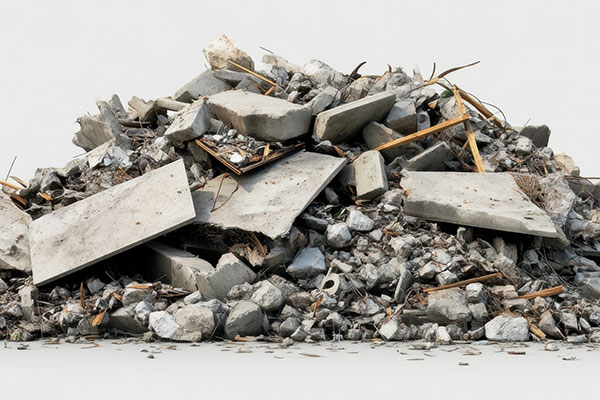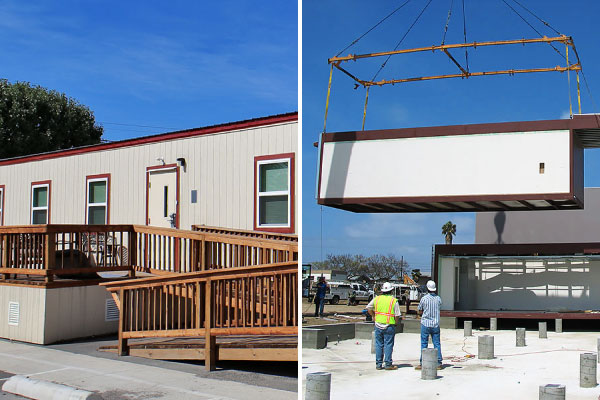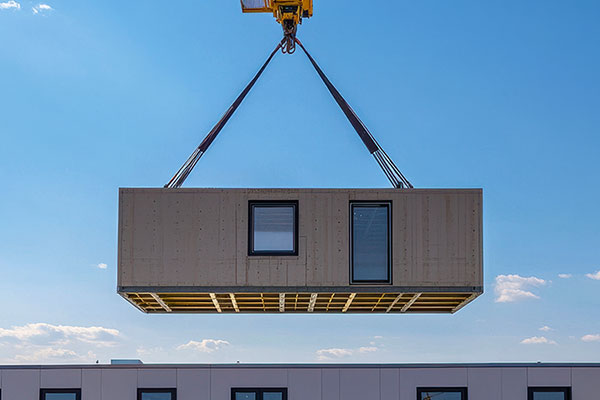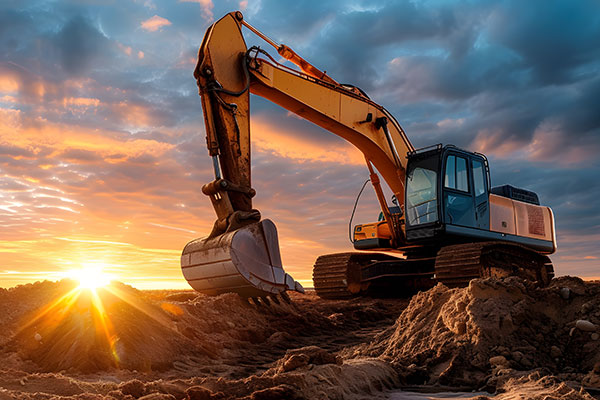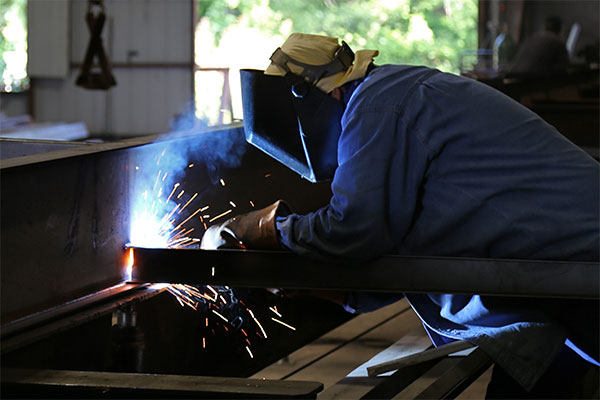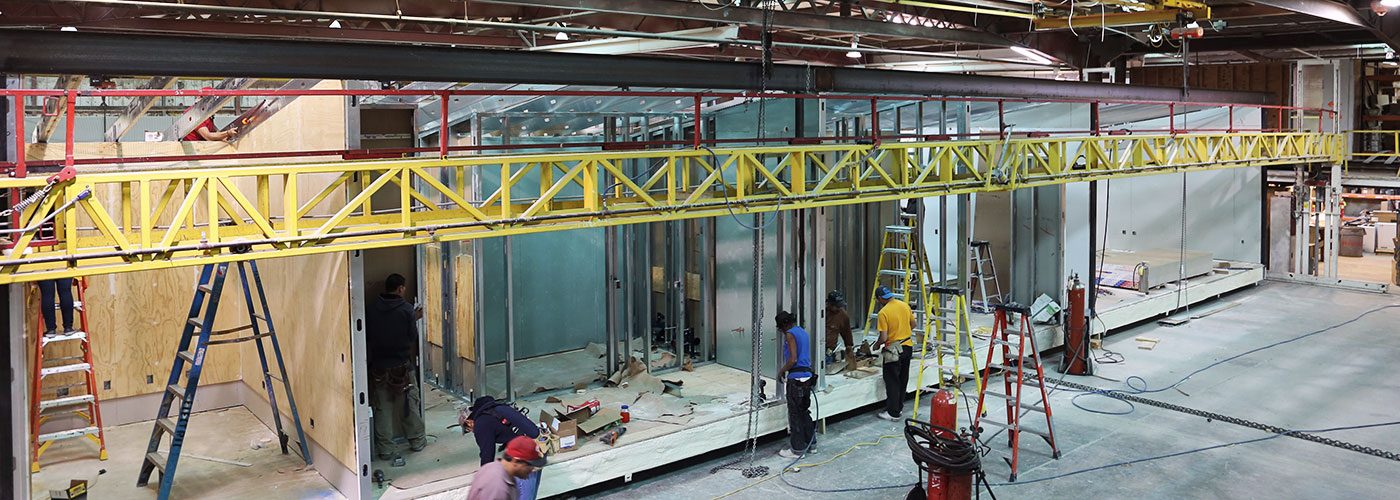
There are several reasons why modular buildings are up to 20% less costly than conventional stick-built structures. In this installment, we examine the third reason behind the cost savings associated with modular buildings: assembly lines + modular construction.
The assembly line concept gained mass acceptance during the Industrial Revolution, an idea built upon hundreds of years of advancements in production.
One hundred years ago, Henry Ford and his team at the Highland Park assembly plant introduced a groundbreaking innovation in manufacturing—the first moving assembly line. The innovation simplified the assembly of the Ford Model T’s 3,000 parts by breaking it down into 84 distinct steps, each performed by a group of workers as the vehicle chassis moved down the line.
The new process revolutionized production, reducing the assembly time for a single vehicle from 12 hours to approximately 90 minutes. By reducing the money, time, and manpower needed to build cars as he refined the assembly line over the years, Ford was able to drop the price of the Model T from $850 to less than $300. In dollar terms, the price reduction Ford achieved is comparable to a reduction from $15,000 to $10,000 from the year 2000.
The modular construction process is built upon the same assembly line principles that revolutionized the automotive manufacturing industry. Palomar’s modular buildings start in the company’s steel fabrication department with a welded carbon steel chassis. The steel chassis is loaded onto the production line, which then travels through the assembly line’s steps. At each stage, skilled builders construct the various components of the building. Many building components, such as walls and roofing, are constructed in specially staged areas before being mechanically lifted into place. This allows us to work on more components simultaneously and provides a safer, more ergonomic workflow for the company’s tradespeople. The efficiency gains the assembly line provides enable Palomar to produce more than 7,500 square feet of modular buildings per day, far more than we could ever hope to produce using stick-built construction.
